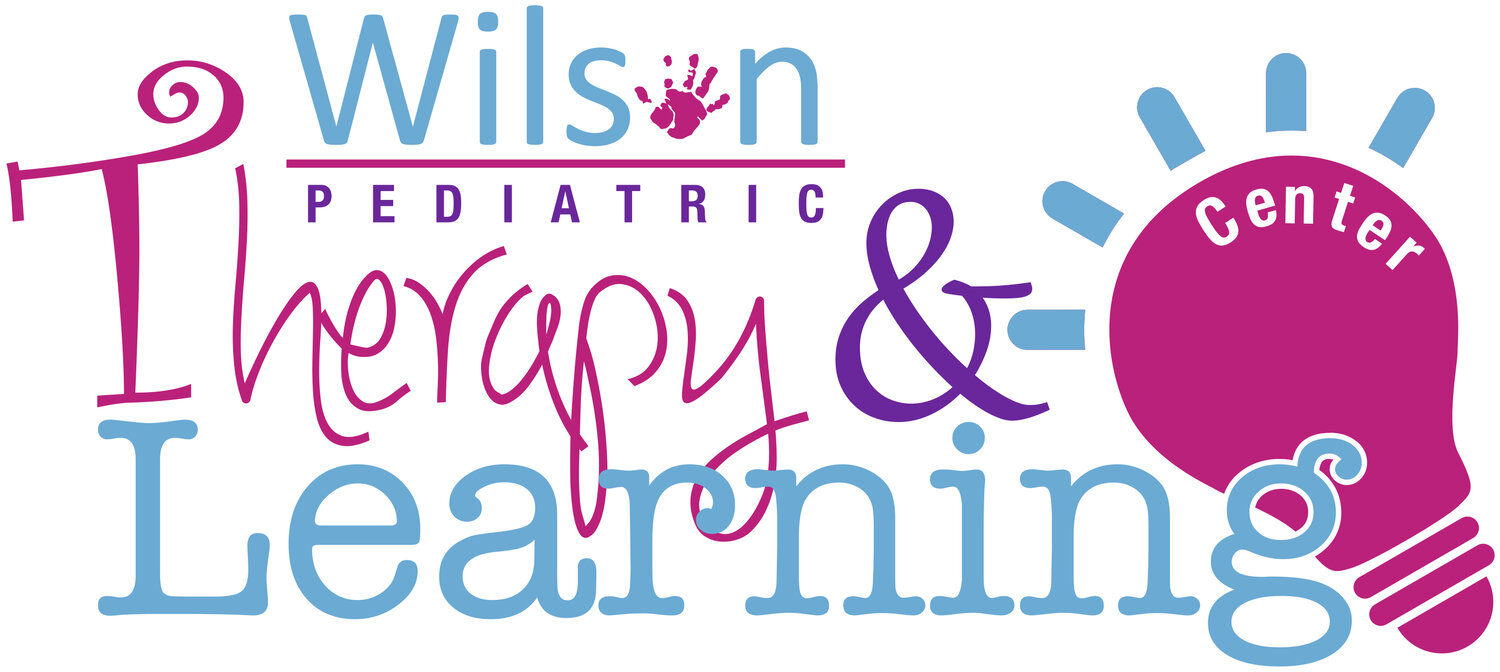How to Deal with BIG Emotions: Teaching Emotional Intelligence
Some days kids (and adults) just seem like big balls of emotion saying or doing things they don’t mean because they simply can not control themselves. Emotions are tricky, for adults and kids. Did you know most adults have a hard time accurately label their emotions? If it is that hard for adults imagine how much more difficult it is for the kiddos in our lives.
Emotional intelligence is so incredibly important for children and adults alike. With better emotional intelligence people have;
Higher IQs
Better relationships
Success in adulthood (emotional intelligence is actually a better predictor of success than IQ)
Improvements in mental health
Some immediate improvements in kiddos with better emotional intelligence would be fewer tantrums, better school performance, easier time making and keeping friends, improved familial relationships, and an increase in overall happiness and well-being.
So with all this talk about emotional intelligence, what is it exactly? According to Psychologist Daniel Goleman, there are 5 parts of emotional intelligence.
Self-Awareness -recognizing and naming emotions
Self-Regulation- handling emotions/calming down
Empathy- understanding others emotions
Motivation- intrinsic or self-motivation
Social skills- interacting with others
Because this is such a big topic with lots of information, today we will just talk about self-awareness.
How to encourage emotional Self-Awareness.
In order to teach self-awareness of emotions, parents have to do some work as well! Modeling is one of the best ways to instill any kind of behavior in a child. “Do as I say and not as I do” isn’t a very sustainable way to teach emotional intelligence. If you get angry and yell at your kid (it happens to the best of us), it teaches your child that it’s okay for them to do the same. But here’s the thing, if next time your child gets mad they yell (like you did) and then get in trouble, they never learn how to properly deal with that emotion and instead direct that anger inwards towards themselves. Internalizing those big emotions is detrimental to a child’s mental wellbeing and can even cause other symptoms (irritation, poor sleep, frustration, sadness).
Here are some steps you can take to increase emotional self-awareness in you and your child.
Be sensitive to scope out emotions- face getting red, shaking, verbal cues (UGHH!) could mean frustration
Listen and validate- “Hey buddy what are you feeling right now? Why?” LISTEN do not interrupt. “I’m sorry that does sound frustrating, I get upset like that sometimes too.”
Label emotions- This can be done in a lot of different ways, you can have a chart and have your kid try to name their emotion or you could try to guess their emotion. “Are you feeling mad because you can’t get your coat on?”
Work on regulation- “Sometimes when I feel mad I take deep breaths/count to ten/hug a pillow, do you want to try that together?” If a child is too upset to regulate their emotion at that moment that’s OKAY. Remove them from the situation if possible and wait until they are ready to calm down. With a lot of practice, this will become easier and more immediate.
Do this all the time! Don’t forget to name and recognize positive emotions as well. “I noticed you get so excited when we blow bubbles, it makes me excited too!
This is a great emotion chart for younger kiddos to help them label emotions.
If you are an adult and need to work on this, follow the exact same steps but with yourself! Talk to yourself or write a journal, you can also practice this by reflecting on past experiences and emotions. Don’t forget to pat yourself on the back, doing this work on yourself helps your kiddos too!
After some practice, this is a great resource for adults and older kiddos to really pinpoint and name their emotions.
Of course, just like anything else, every child is different some things may not work for you. If your child is having a lot of struggles with regulating their emotions we can help as well! Give us a call or send us an email for more information.



